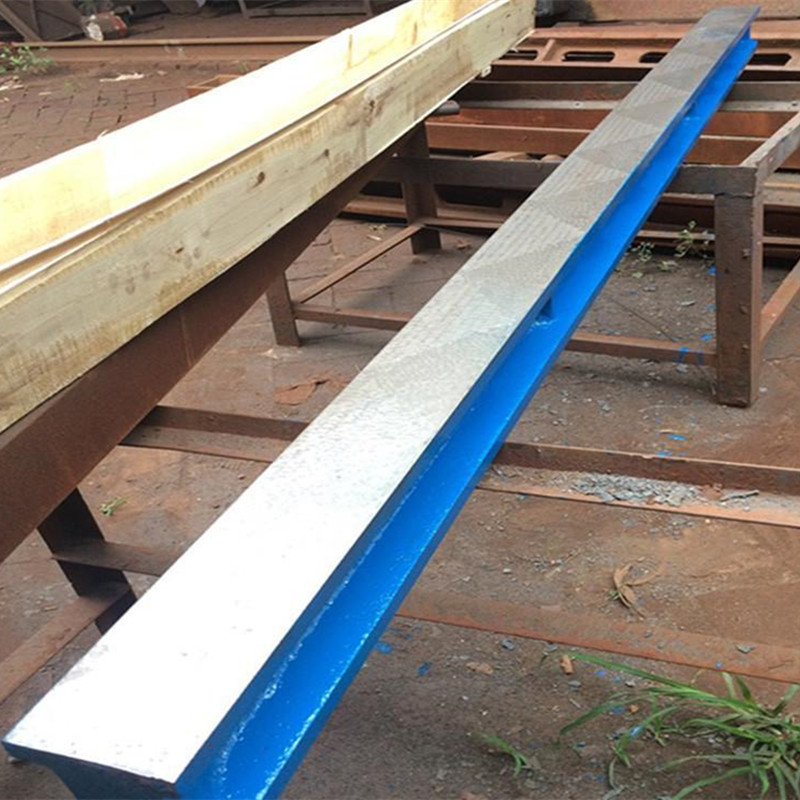Dec . 07, 2024 16:49 Back to list
adjusting water pressure valve
Adjusting a Water Pressure Valve A Comprehensive Guide
Maintaining the right water pressure in your plumbing system is crucial for the smooth functioning of your home’s water supply. One of the vital components in regulating water pressure is the water pressure valve. This article will guide you through the process of adjusting a water pressure valve, ensuring you can achieve optimal water flow and prevent potential plumbing issues.
Understanding Water Pressure
Before diving into the adjustment process, it’s essential to understand what water pressure is and why it matters. Water pressure is the force exerted by water in a plumbing system, affecting how readily water flows from faucets, showers, and appliances. If the pressure is too high, it can lead to leaks, burst pipes, and damage to appliances. Conversely, low pressure can result in inadequate water flow, making daily tasks cumbersome.
Identifying the Water Pressure Valve
The first step in adjusting the water pressure is locating the water pressure valve, also known as a pressure reducing valve (PRV). This valve is typically found near the main water line entry point into your home or basement. It resembles a bell-shaped or canister-like object with an adjustment screw on top.
Tools You Will Need
To adjust your water pressure valve, you’ll need
- A wrench or pliers - A flathead screwdriver - A pressure gauge (optional, but recommended for accuracy)
adjusting water pressure valve

Steps to Adjust the Water Pressure Valve
1. Check Current Water Pressure If you want to achieve a specific water pressure level, start by measuring your current water pressure. Attach a pressure gauge to an outdoor faucet or the washing machine connection. Turn on the water and check the reading. Most homes are best suited with a pressure range of 40 to 60 psi (pounds per square inch).
2. Locate the Adjustment Screw Once you know the current pressure, locate the adjustment screw on the top of the water pressure valve. This screw controls the valve's internal spring, which can be tightened or loosened to increase or decrease water pressure.
3. Adjust the Pressure - To Decrease Pressure Turn the screw counterclockwise. This will relieve tension on the spring,, allowing it to reduce water pressure. - To Increase Pressure Turn the screw clockwise. This will increase the tension on the spring, leading to higher water pressure. Make adjustments in small increments, about a quarter of a turn, and re-check the water pressure after each adjustment.
4. Test the Water Flow After making your adjustments, turn on several faucets in the house to see how the changes affect the water flow. This is particularly important to test fixtures that usually use a lot of water, such as showers and dishwashers.
5. Recheck the Water Pressure Use the pressure gauge again to check the new water pressure settings. If the desired levels have not been achieved, repeat the adjustment process as needed.
6. Monitor Over Time After the adjustment, keep an eye on your plumbing system over the next few days. Listen for unusual noises, check for leaks, and observe the water flow at various fixtures. If you notice any problems, reassess the pressure settings or consult with a plumbing professional.
Conclusion
Adjusting your water pressure valve is a straightforward task that can significantly enhance your home’s plumbing efficiency. Maintaining the correct pressure not only protects your plumbing system from damage but also ensures you enjoy optimal water flow from all your fixtures. By following the steps outlined in this guide, you can confidently adjust your water pressure valve and take control of your home’s water supply. If at any point you feel unsure about your adjustments, don’t hesitate to reach out to a qualified plumber for assistance. Remember, a well-maintained plumbing system is essential for a comfortable and efficient home.
-
Why Metric Trapezoidal Thread is Ideal for Precision Motion ControlNewsAug.05,2025
-
The Unique Properties of a Block of Granite for Industrial UseNewsAug.05,2025
-
The Role of Flanged Y Strainers in Preventing Pipeline ClogsNewsAug.05,2025
-
The Importance of Regular Calibration for Master Ring GagesNewsAug.05,2025
-
How a Cast Iron Surface Table Enhances Accuracy in ManufacturingNewsAug.05,2025
-
Comparing Different Check Valve Types for Optimal Flow ControlNewsAug.05,2025
Related PRODUCTS









